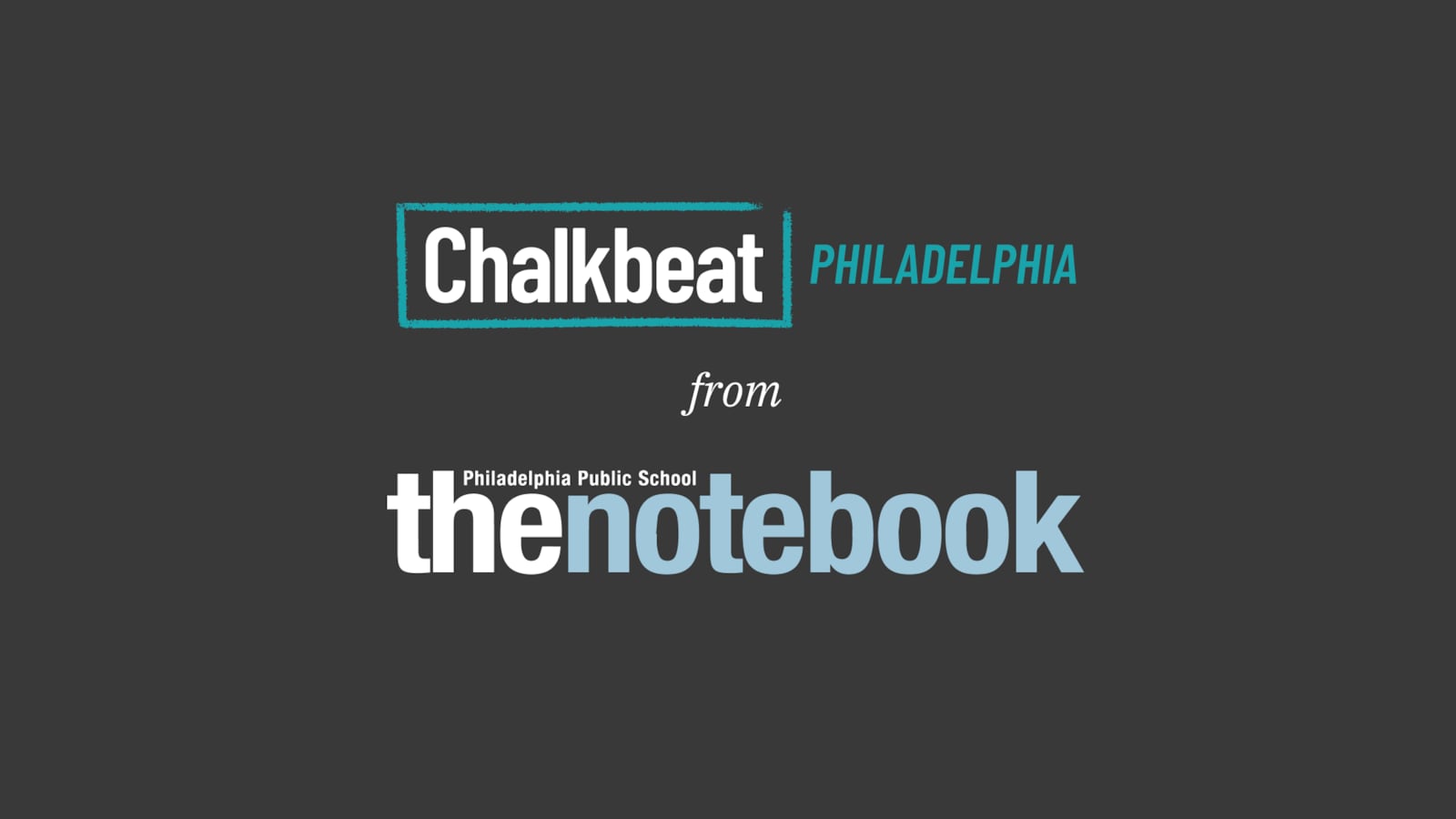This article was originally published in The Notebook. In August 2020, The Notebook became Chalkbeat Philadelphia.
A requirement that the District consider new charter schools annually has resulted in an unprecedented 40 applications. Some are cheering the possibility of expanded school choices. No doubt there are promising proposals among the applicants.
But we cannot be oblivious to the damage that a new wave of charter expansion could do to the 128,000 students who rely on traditional public schools. These schools have been squeezed financially to the breaking point, with students being denied classes, books, counselors, and other vital services.
The District should draw a line in the sand – that it will not approve more charters until the state revamps school funding, including charter formulas.
The problem is inadequate state dollars, compounded by an outdated law governing charter funding that manages to simultaneously make charters feel shortchanged while districts are overburdened. Each time students leave District schools for charters, money leaves with them, but the District still carries thousands in “stranded costs.” Let’s say 10 percent of students leave; the District cannot reduce school-based costs by 10 percent. When the District tried in 2013 to capture savings through mass school closings, the plan backfired; the resulting turmoil accelerated the flight of students from the system.
Rules for funding special education in charters are a particular problem. There are wide variations in the cost to educate a student with disabilities, and charters serve mainly the less expensive students but are reimbursed as if they had more expensive students. Cyber charters siphon off tens of millions of District dollars; they get the same funding as brick-and-mortar schools though they don’t have the same costs. The charter funding drain is a big factor in why the District for two straight years barely managed to open its doors in September.
The state used to recognize that districts assume new costs when they operate charters alongside traditional public schools; Pennsylvania partially reimbursed districts for costs associated with students in charters. But Gov. Corbett killed that funding in his first budget.
A fix must happen soon to avoid this debacle next year. If needed, Pennsylvania can close tax loopholes and raise revenue from those who can afford to pay more. It is within the power of the governor and state legislature to resolve this.

